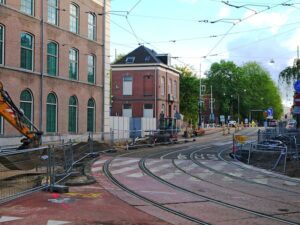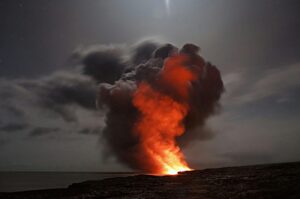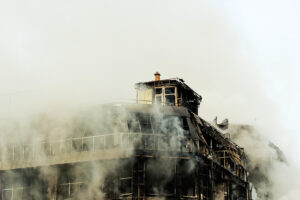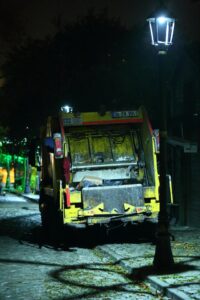Towards a new safety era in Malaysia
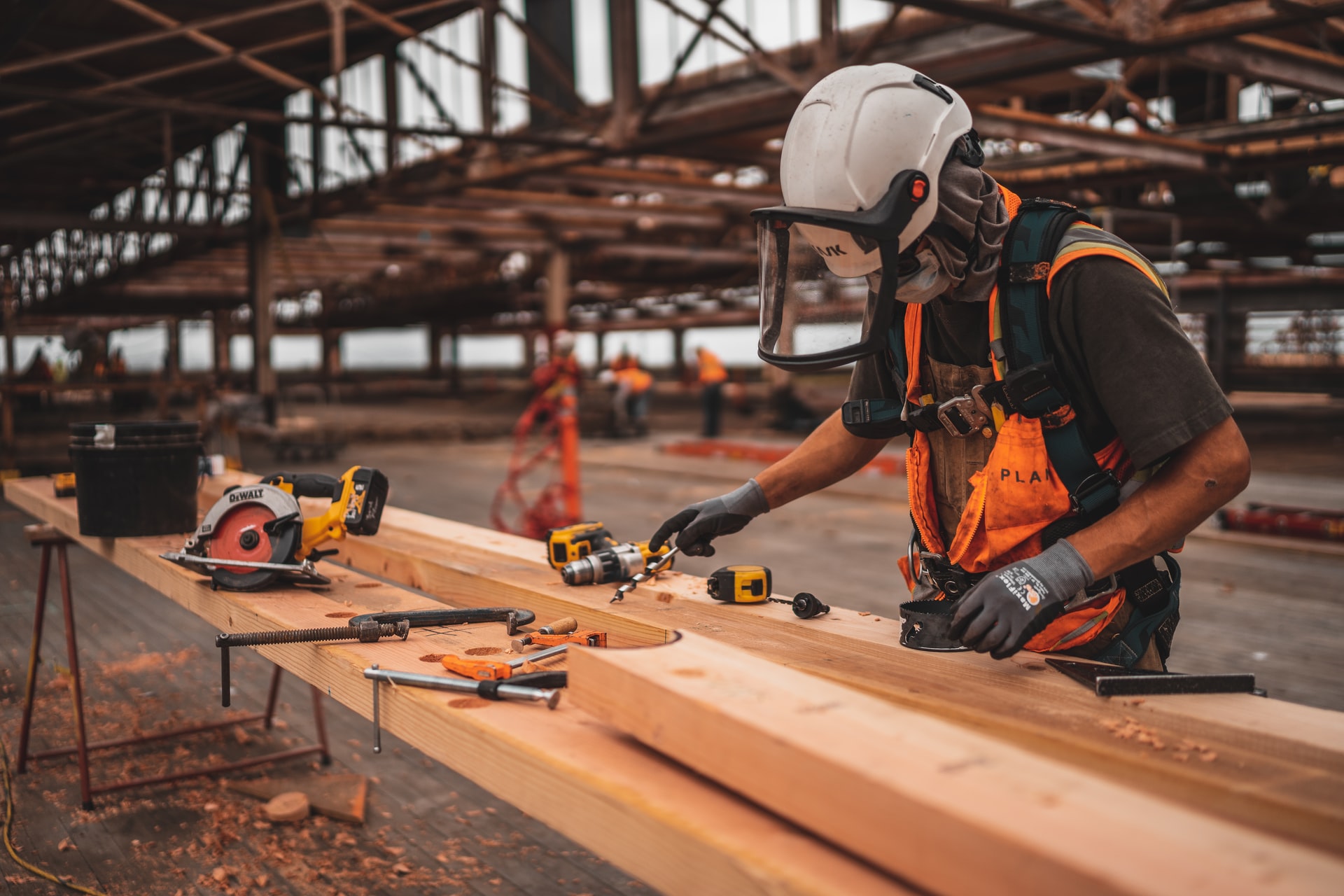
A number of public structures, including hospitals, schools, and other government administration facilities, as well as privately occupied structures, have been destroyed by fire or collapse in recent years.
The Street Drainage & Buildings Act of 1974, Section 85A, the pertinent law, specifies the frequency of the integrity checks over a broad time period, during which time additions, expansions, etc. may have been made. The point I’m trying to make here is the importance of regular fire drills coordinated by building owners, their management, and tenants, as well as the necessity of building protection from “fire prevention” measures (by residents or by visitors, like contractors performing maintenance). The only way to prevent fires inside of occupied buildings is to have teams of competent people conduct routine inspections or audits to look for situations that can ignite a fire and take the necessary precautions.
Building maintenance contractors must be required to follow task-related fire prevention measures in their work tenders and must be closely monitored at all times. Additionally, lack of fire drill discipline is frequently made worse by multi-tenants and building owner management who don’t require “all tenants” to participate in regular drills. The same is true for buildings that the owners occupy; fire drills are frequently disregarded or treated with apathy.
A building ceiling in Kota Kinabalu has collapsed two days after MBPJ proudly announced their initiative to examine public structures and the significance of it. Staff members fled the building, which was home to various government institutions. Fortunately, nobody was wounded, but it can be considered a serious near-miss and should prompt an internal and external check of all government buildings.
How many times have you entered an office building and how many times has your host discussed the “emergency evacuation procedure”? If the emergency alarm went out, would you respond or would you think it was a “test”? Do you know the location of the closest stairwell and emergency exit? Would you be aware of the best place to meet and why it’s crucial to do so?
There have been several in recent years, and there have been two more in the last few weeks. The quality of the construction materials and occupant behavior are what cause these fire breakouts.
Concerning fire risk knowledge and prevention, there appears to be a deep-seated level of complacency. There is a general lack of awareness of the office and/or building occupancy practises that pose a risk of fire, whether it has to do with the storage of flammable materials, the condition of the electrical wiring, or other similar threats.
As part of an HSMS for maintaining the safety of building inhabitants and any visitors, such dangers can be recognized through routine inspections and eliminated by taking appropriate action. Although fire-related issues are governed by various laws, the EPF building was the subject of a fire when it was mentioned in this press report. Serious fires have also occurred in hospitals, schools, and privately owned establishments like factories. When we discuss occupant and even public safety, we should also talk about building integrity and fire prevention.
Imagine suffering severe injuries or maybe passing away as a result of structures collapsing, as what happened in KK a few days ago. The OSH Act would typically need to be used. One could argue that since employees are in risk, a serious near-miss caused by a ceiling collapse ought to get the attention of both the Public Works Dept. and DOSH. Every building occupant should have an emergency evacuation plan, share it with their staff, even share it before corporate events begin in the office, and implement a “host system” to ensure that guests are aware and well-cared for while they are in the office building. A Health and Safety Management System (HSMS) should include building integrity checks and fire prevention management, as required by the recently modified Occupational Safety and Health (OSH) 2020 legislation.

